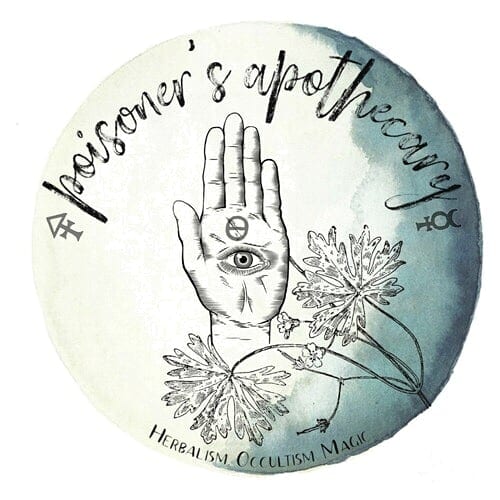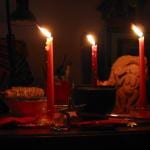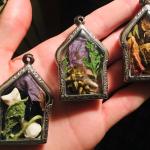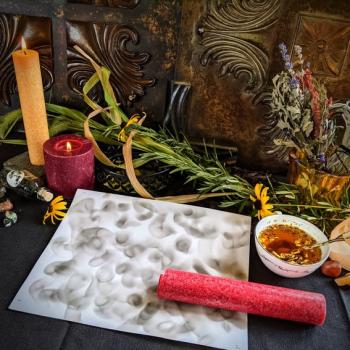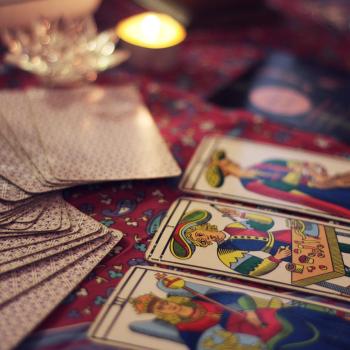Wortcunning for Daemonolatry: A Formulary for the daemonolater, alchemist and gardener
I recently came across this book by S. Connolly, published by DB Publishing 2011. As an arcane herbalist, I am interested in all the information on plant magic and lore that I can get my hands on. Regardless of the tradition, I seek to understand the ritual and occult uses of plants throughout history and the different ways that practitioners employ them in their work. S. Connolly is a daemonolatress, and has written many books on the topic of working with daemonic forces.
Daemonolatry is a branch of magical practice which employs the powers of daemonic forces known from the grimoire tradition. Like any form of spirit work; it is centered around cultivating a relationship with these distinct spiritual entities. The hierarchical entities that comprise this practice are derived from various sources such as medieval ceremonial magic, the Grimoirum Verum and the Goetia. Working with these entities may be viewed as taboo by some practitioners, however it is a completely valid and effective practice. Outside of the context of Christian pre-conditioning these entities rule over different occult forces in nature with their own unique correspondences, symbols, and pre-disposition. Many of these entities have pre-Christian origins, deriving their names from ancient Sumeria and Babylonia.
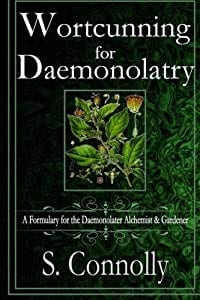
A One-of-a-kind Formulary
First and foremost this book is a formulary and the author demonstrates a clear understanding of the necessary preparations used in herbal practices both magical and medicinal. Connolly outlines the instructions for creating incense, oils and tinctures necessary for all herbal practitioners.
There is a section on individual herbs and what they are used for, including both balm and bane. It is a compendium of plant lore useful to the sorcerer, healer and poisoner. Since it is an herbal for the daemonolater, it includes the elemental and planetary correspondences for these daemonic entities. The formulary contains recipes that are aligned with the nature of these forces.
It explains their area of influence for use in specific rituals depending on the desired outcome. Recipes for common magical goals are also included, things that would be of use to any magical practitioner such as: divination, protection, and spirit work. Connolly also includes a number of recipes that are unique to this particular book. She does not hesitate to include recipes utilizing entheogens like Belladonna and Mandrake for inducing trance, divination and creating flying ointments. She cautions the reader on the use of these plants, but by including them creates a well-rounded herbal repertoire.
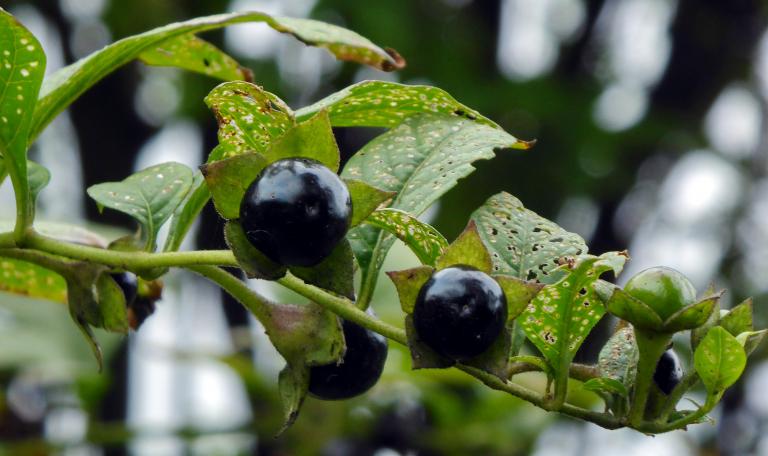
Her unique approach to the creation of magical oils is also notable, explaining how to create elemental and daemonic base oils to keep on hand. When the need arises, the pre-made formulas can be further customized using additional botanical ingredients.
I would recommend this book to anyone interested in the practice of plant magic, wortcunning and the Poison Path. Connolly shares with us her original and practical approach to the application of herbs, roots and oils in magical practice. It gives the reader an interesting look into the use of plants in the practice of daemonolatry and provides one with tools that can be adapted to any tradition.
For More Information on the author, S. Connolly
For more information on daemonolatry and the contributions of S. Connolly
